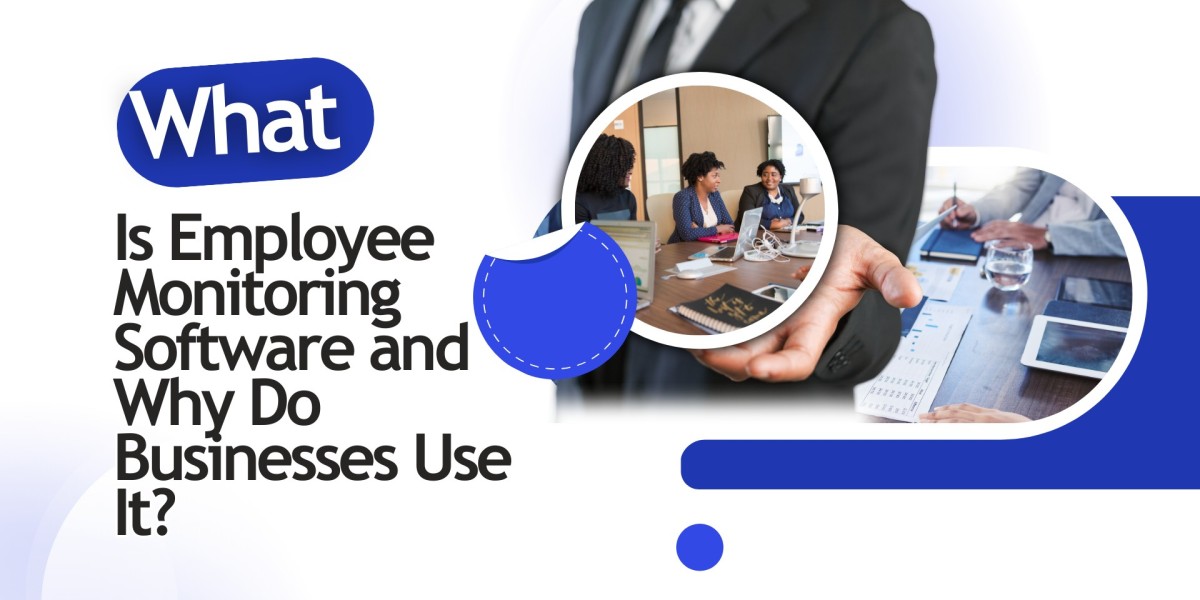Warehouse automation is entering a powerful growth phase powered by heavy investment, strategic deployments, and technological innovation. This week’s supply chain news spotlights breakthroughs from funding rounds to high-profile logistics projects reshaping how goods are stored, processed, and moved.
Investment Resilience: Robotics Funding and CapEx Growth
The UBS Evidence Lab global survey shows that despite macroeconomic headwinds, investments in warehouse automation remain strong:
67% of firms plan to increase automation spending.
12-month capital expenditure (capex) growth projected at +5.4%.
3-year CAGR steady at 4.2%.
Last year’s realized capex growth was 10.7%, driven by large-scale operators.
Funding continues to surge: Q1 2025 saw over $2.26 billion raised for global robotics ventures, with 70% of that earmarked for warehouse automation startups targeting vertical-specific solutions. AI-native platforms remain highly sought after, achieving 39× median revenue multiples in Series A/B rounds.
Adoption Accelerating — Market Momentum & Leading Players
According to MHI, automation adoption is expected to more than double—from 41% of surveyed supply chain leaders today to 83% over the next five years. Similarly, investments in inventory and network optimization technologies are forecasted to climb from 58% to 92%.
Real-world deployments are making headlines:
DHL has ordered 1,000 more “Stretch” robots from Boston Dynamics and surpassed $1.17 billion in automation investment. Over 90% of its warehouses now use robotics or digitalization tools.
Ocado’s UK facility in Luton uses AI-powered robotic arms (“OGRP”) to pack 40% of orders, with plans to reach 80% soon.
Symbotic continues to expand its AI-driven warehouse systems across major retailers like Walmart and Target.
M&S is investing £340 million (~$457 million) in a 1.3 million sq ft automated food distribution center, the largest in its history, to double its food business by 2029.
Market Growth & M&A Momentum
The warehouse automation market is projected to reach $29.9 billion in 2025 and surge to $63.4 billion by 2030, reflecting a robust 16.2% CAGR. Major growth is concentrated in:
The Asia-Pacific region, which is expected to lead expansion.
Hardware hardware like AS/RS still dominates spending, though software is building momentum with a higher projected CAGR.
Interact Analysis and market reports indicate a rebound in deal activity, with M&A heating up as economic conditions stabilize and businesses prioritize long-term automation.
What’s Driving the Investment Wave?
| Driver | Insight |
|---|---|
| Labor shortages | Rising wages and staffing constraints accelerate automation adoption |
| Tech improvements | AI-powered systems are more capable and cost-effective, lowering barriers to entry |
| Peak e-commerce demand | Omnichannel fulfillment pressures quicken automation rollouts |
| Scalability & ROI | Mobile automation and software orchestration improve ROI and operational agility |
Cloud-based robotics, orchestration systems, and mobile AMRs are reducing entry costs and enabling more flexible deployments.
Strategic Takeaways
Confidence amid uncertainty: Investment resilience—despite inflation and geopolitical risks—signals that automation is central to modern supply chains.
Deployment is rising: Global operators like DHL and Ocado are setting benchmarks, while M&S’s investment underscores ground-level transformation.
Software leading hardware: As orchestration becomes essential, software-driven capabilities are becoming as important as physical robotics.
Regional opportunity zones: North America, Europe, and Asia-Pacific are primary battlegrounds—each with unique investment profiles and automation drivers.
Final Thoughts
Warehouse automation is no longer experimental—it’s funding-backed, operational, and strategic. As the industry hits $30 billion in 2025 and eyes $60+ billion by 2030, supply chain leaders who integrate robotics, AI, and software orchestration will be best positioned to meet evolving labor, demand, and efficiency challenges.







